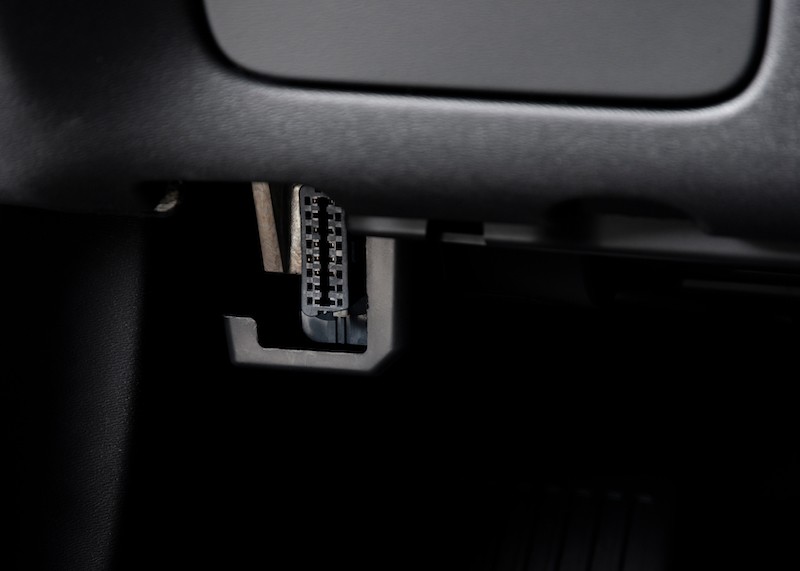The OBD2 port, short for On-Board Diagnostics port, is a crucial component in modern vehicles. It allows mechanics and car owners to access a wealth of information about the car’s performance and diagnose potential issues. But What Does An Obd2 Port Look Like, and where can you find it?
Identifying the OBD2 Port
The OBD2 port is a 16-pin female connector, typically rectangular in shape. While the shape and pin configuration are standardized, the port’s color and material can vary. You might find it in black, white, or even pink. The material can be plastic or metal. Often, a protective plastic cap covers the port, sometimes labeled “Diagnostic Connector Do Not Remove” or “OBD-II.”
Common OBD2 Port Locations
While the appearance of the OBD2 port is consistent, its location within the vehicle can differ depending on the make, model, and year. Here are some common places to look:
Under the Driver’s Side Dashboard
The most common location for the OBD2 port is under the driver’s side dashboard, usually within two feet of the steering wheel.
Start by checking the area below and to the left of the steering wheel, near the brake pedal or fuse box. It might even be located inside the fuse box itself. If not there, expand your search further left, towards the driver’s side door.
Still can’t find it? Try looking slightly to the right of the steering wheel.
Around the Center Console
If you haven’t located the port under the dashboard, the next place to check is the center console area.
In some car models, the OBD2 port is situated near the top of the center console, often hidden beneath a plastic cover. It could also be located just above the console, near the radio. Ports in this area are more likely to have a cover that might require some effort to remove.
Other Possible Locations
If the port isn’t in the common areas, it might be hidden in less obvious spots. Some models place it under the passenger side dashboard, below the glove compartment or near the passenger door. It could also be located in the rear console, behind the driver and passenger seats, often concealed behind a cover or the ashtray.
What if My Car Doesn’t Have a Standard OBD2 Port?
Cars manufactured before 1996, as well as certain models of BMW and Tesla, may not have a standard OBD2 port. In such cases, an adapter cable can be used to connect diagnostic tools to the car’s 12V power port (cigarette lighter).
Conclusion
Locating the OBD2 port is essential for vehicle diagnostics and maintenance. By understanding what it looks like and knowing the common locations, you can quickly find it in most vehicles. If you’re still having trouble, consult your car’s owner’s manual or a qualified mechanic.

